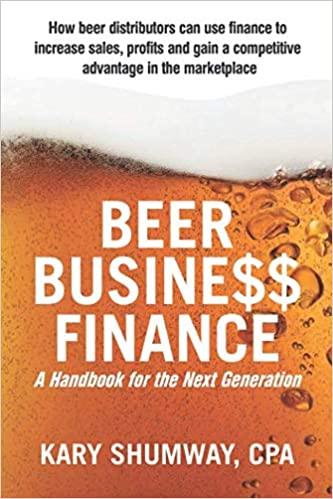Read the On the Market "The Magellan Fund and Market Efficiency" in Section 18.1. - What is selection bias? How does it apply to mutual funds and other investment vehicles? - Given the conclusion of the article, would you invest in the Magellan Fund? Why or why not? THE MAGELLAN FUND AND MARKET EFFICIENCY: ASSESSING THE PERFORMANCE OF MONEY MANAGERS Fidelity's Magellan Fund outperformed the S\&P 500 in 11 of the 13 years ending in 1989 , when its manager, Peter Lynch, retired. Is such performance consistent with the efficient market hypothesis? Casual statistical analysis would suggest not. If outperforming the market were like flipping a fair coin, as would be the case if all securities were fairly priced, then the odds of an arbitrarily selected manager producing 11 out of 13 winning years would be only about 0.95%, or 1 in 105 . The Magellan Fund, however, is not a randomly selected fund. Instead, it is the fund that emerged after a 13-year "contest" as a clear winner. Given that we have chosen to focus on the winner of a money management contest, should we be surprised to find performance far above the mean? Clearly not. Once we select a fund precisely because it has outperformed all other funds, the proper benchmark for predicted performance is no longer a standard index such as the S\&P 500. The benchmark must be the expected performance of the best-performing fund out of a sample of randomly selected funds. Consider as an analogy a coin-flipping contest. If 50 contestants were to flip a coin 13 times, and the winner were to flip 11 heads out of 13 , we would not consider that evidence that the winner's coin was biased. Instead, we would recognize that with 50 contestants, the probability is greater than 40% that the individual who emerges as the winner would, in fact, flip heads 11 or more times. (In contrast, a coin chosen at random that resulted in 11 out of 13 heads would be highly suspectl) How then ought we evaluate the performance of those managers who show up in the financial press as (recently) superior performers. We know that after the fact some managers will have been lucky. When is the performance of a manager so good that even after accounting for selection bias - the selection of the ex post winner-we still cannot account for such performance by chance? SELECTION BIAS AND PERFORMANCE BENCHMARKS Consider this experiment. Allow 50 money managers to flip a coin 13 times, and record the maximum number of heads realized by any of the contestants. (If markets are efficient, the coin will have the same probability of turning up heads as that of a money manager beating the market.) Now repeat the contest, and again record the winning number of heads. Repeat this experiment 10,000 times. When we are done, we can compute the frequency distribution of the winning number of heads over the 10,000 trials. The table (column 1) presents the results of such an experiment simulated on a computer. The table shows that in 9.2% of the contests, the winning number of heads was 9 ; in 47.4% of the trials, 10 heads would be enough to emerge as the best manager. Interestingly, in 43.3% of the trials, the winning number of heads was 11 or more out of 13 . Viewed in this context, the performance of Magellan is still impressive but somewhat less surprising. The simulation shows that out of a sample of 50 managers, chance alone would provide a 43.3% probability that someone would beat the market at least 11 out of 13 years. Averaging over all 10,000 trials, the mean number of winning years necessary to emerge as most reliable manager over the 13 -year contest was 10.43. Therefore, once we recognize that Magellan is not a fund chosen at random, but a fund that came to our attention precisely because it turned out to perform so well, the frequency with which it beat the market is no longer high enough to be considered a violation of market efficiency. Indeed, using the conventional 5% confidence level, we could not reject the hypothesis that the consistency of its performance was due to chance. The other columns in the table present the frequency distributions of the winning number of successful coin flips (analogously, the number of years in which the best-performing manager beats an efficient market) for other possible sample sizes. Not surprisingly, as the pool of managers increases, the predicted best performance steadily gets better. By providing as a benchmark the probability distribution of the best performance, rather than the average performance, the table tells us how many grains of salt to add to reports of the latest investment guru. SOURCE: Alan J. Marcus, "The Magellan Fund and Market Efficiency," The Journal of Portfolio Management, Fall 1990, pp. 85-86. This analysis is based on only 12 months of data, a period too short to lend statistical significance to the conclusions. Nevertheless, the analysis illustrates what one might wish to do with more extensive data. A Page 593 model that calculates these performance measures is available in connect










